If the wound or infection is severe, the doctor may undertake debridement to clean contaminated and dead tissue from the wound to prevent further infection as well as enhance healing.
The treatment will include surgical drainage and debridement of devitalized tissues for those infections that have progressed or whose early presentation indicates the presence of an abscess.
Drainage of hand infections can typically be undertaken using regional anesthetic techniques. But it is ill-advised to infiltrate local anesthesia directly into a site of infection or cellulitis as this may spread the infection.
For instance, fingertip infections can be addressed with digital blocks. However, deep space infections of the hand should be drained under either general anesthesia or axillary block.
Board certified plastic surgeon Dr. Bram Kaufman provides hand surgery to patients in Cleveland, Beachwood, Pepper Pike and Lyndhurst, OH, and surrounding communities.
Acute Paronychia
Paronychia or runaround infections of the fingertip refer to infections of the soft tissue fold adjacent to the nail plate, usually with staphylococcal species. Manicures, nail-biting, hangnails, and poor hand hygiene are risk factors for paronychial infection. The hallmarks of paronychial infection include inflammation, pain, and erythema in the perionychium.
The early management of paronychial infections includes oral antibiotics and warm soaks. As paronychial infections progress to abscess development under the nail plate or within the eponychial fold, surgical drainage is required.
It is crucial to angle the blade away from the nail bed to avoid inadvertent damage to the nail bed and following ridging of the nail when performing an incision and drainage of a paronychia. The nail is removed when the abscess extends under the nail plate.
Chronic Paronychia
Chronic paronychia is clinically distinct from acute paronychia. Chronic swelling of the soft tissues around the nail plate can cause repeated episodes of pain, erythema, and drainage from the infected area.
Patients with repeated exposure to water are at the highest risk for chronic inflammation development. In the treatment of chronic paronychia, an excision of at least 3 mm wide crescent of skin and subcutaneous tissue parallel to the eponychial fold encompassing the entire width of the finger.
After this, the wound is left open for drainage, and the patient is put on a regimen of hand soaks in various solutions such as dilute povidone-iodine solution. Until the inflammation/drainage has ceased, the warm soaks are continued. Irregularities in the nail due to chronic paronychia can be addressed by the removal of the entire nail.
Deep Space Infections
Deep space infections of the hand can be disintegrated into three general areas, namely, the palmar, thenar, and Parona’s spaces. The thenar eminence is the area where deep space infections commonly occur. These occur most often as direct puncture wounds to the area or from surrounding infection of the tendon sheath.
The management of this condition includes incision and drainage of the area. The incision placement will depend on the location of the abscess. Cosmetic surgeon Dr. Bram Kaufman receives patients from Cleveland, Beachwood, Pepper Pike and Lyndhurst, OH, and nearby areas for hand surgery.
To learn more about cosmetic treatment and procedures or to schedule a consultation by Cleveland Ohio area plastic surgeon, Dr. Bram Kaufman, please contact us at 1-216-778-2245 or click here.
Now taking new patients in Cleveland OH | Pepper Pike | Beachwood | Lyndhurst and other surrounding areas.
